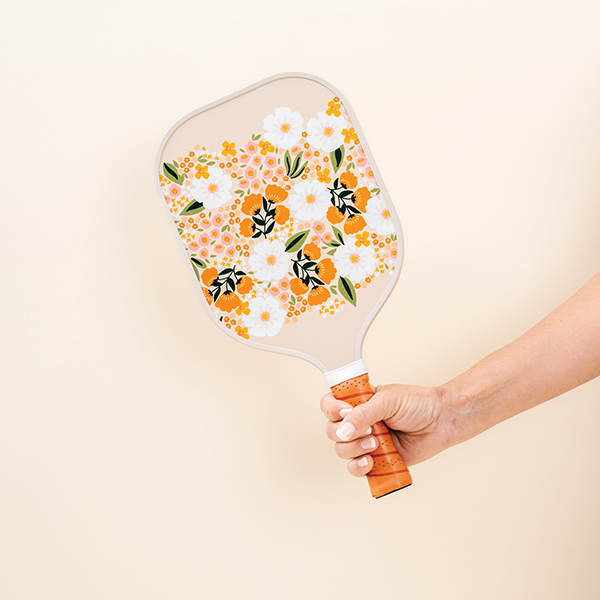What are the most efficient methods to clear store inventory?
Gail Markert of Markert Group Consulting
The most popular methods require enhanced focus on the products in the form of improved placement, publicity, pricing or pairing with related, better selling products.
Placement: Try moving it around. A new location can give new life to a line. Give it a week in the prime spot, up front or in the window. Some products just need greater exposure to sell.
Publicity: Declare the merchandise in question the weekly or monthly “feature item.” Brainstorm a list of the attributes of the merchandise and then focus this message on customers throughout the feature period. You can have fun with this. A contest to see who can sell the most, a pizza party the day the last item goes out the door, etc.
Pricing: Maybe [your customers] like the item but they just don’t like the price. If you think it may be a value issue, reduce the piece to a new “regular price” with fresh new tickets (not redlined, which says ‘clearance’) and see what happens. If it does need a markdown, get out the red pen and use it with gusto! The old retail adage that the first markdown is the cheapest is true.
Pairing: Sometimes the product can be paired with a product line or category that is selling well and the extra attention focused on the display moves the slower items as well. Identify slow sellers promptly and act decisively. You will have better sales, turnover and cash flow while clearing the space for more promising merchandise.
Ed Butler of The Butler Group
When reducing inventory, storeowners should keep a few rules in mind:
Monitor rates of sales and take markdowns early while customers are still buying for the season.
The first markdown should be 25 percent to 1/3 off. Don’t try to skimp and lose the impact of savings.
Forget what you paid for an item that is not selling. Consider only what would tempt people to buy what they don’t need.
Group markdowns together and use signage. Keep displays neat and attractive to project quality.
Andy Bjork of the BrassSmith House
First, be realistic if your excess inventory has value for selling. Do you just have too much of it or can it just not be sold—old, wrong color, damaged, etc.?
Incorporate excess inventory into gift baskets with extra or added value.
Consider donating excess merchandise, this can be a tax advantage.
Put the items on sale. The techniques and tactics you can use on such promotions are endless.
Create a “gift with purchase” promotion, making your excess inventory the gift.
Sonia Mott of Motif Home Decor

Sonia Mott of Motif Home Decor
Milwaukee, WI
262.853.4460
Moving inventory is always the $6 million question. There are different ways of answering this question based on the type of inventory. If there are only a few items left of a product, I do one of two things. First, check to see if it adds any value to another display. The rule is that usually a product won’t sell if only one or two are left unsold, but if it complements another product, you might be able to sell both. If that isn’t an option, I always kept a very well organized shelf-unit in the back corner of the store, (the key word here being “organized”) with clearance items. Almost all customers would check it out before leaving the store. All items started at 30 percent off and went as far as 75 percent off.
If the inventory is still significant but it just isn’t selling, get some excitement around it. Work it in with another display, move it to the front, move it near the cash wrap, talk about it, or as I have done many times, pull it off the floor for a week and then re-display. You won’t believe how many customers will say “Oh, is that new?”
Rosanne Brown of Venice Stationers

Rosanne Brown of Venice Stationers
Venice, FL
941.488.6113
Unfortunately we all have those “I can’t believe these didn’t sell” items, the two or three SKUs left over from a great display and those outright “mistakes.” Once an item has been moved in the store at least three times, cross-merchandised with other products and even price adjusted (if we think we might have been a bit too aggressive in our mark up), the product moves to the sale area at half off. When we really want to clear out sale merchandise as we do at the end of summer we will have our Buy One/Get One (at equal or lesser price) sale. This is a great way to move lots of product. Even though it’s no different than offering half off, you are moving two pieces of merchandise with each transaction. Last summer, instead of confining our BOGO sale products to one area, we identified items throughout the store with green dots. This tactic kept customers in the store longer as they searched to find another item of equal value to match to the item they really wanted. And, they saw a lot of our full price merchandise as well.
The Gift and Home Trade Association is the gift and home industry’s professional trade association, formed to help vendors, sales agencies, industry affiliates and retailers work together to improve the industry. It hosts an annual conference for vendors and sales agencies, and its eight-member Retailer Advisory Board supports independent gift and home retailers through regular seminars at industry trade shows. For more information about the GHTA, call 877.600.4872, email info@ghta.net, or visit www.giftandhome.org.

























